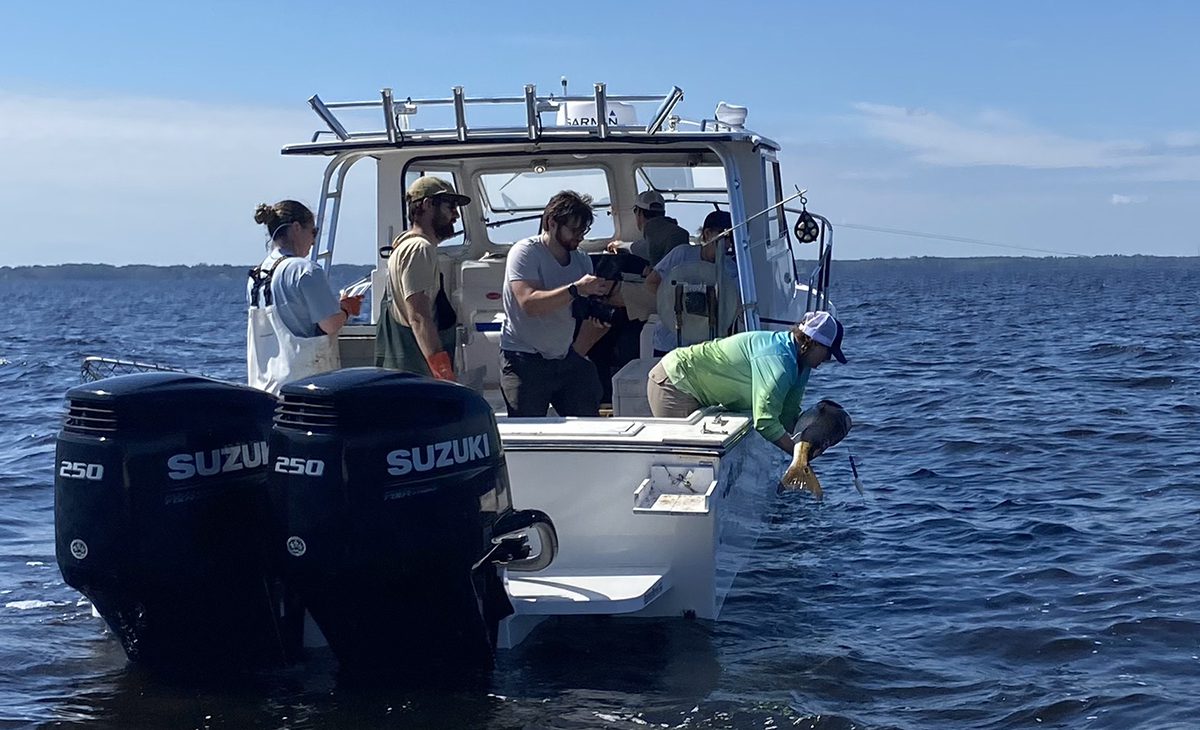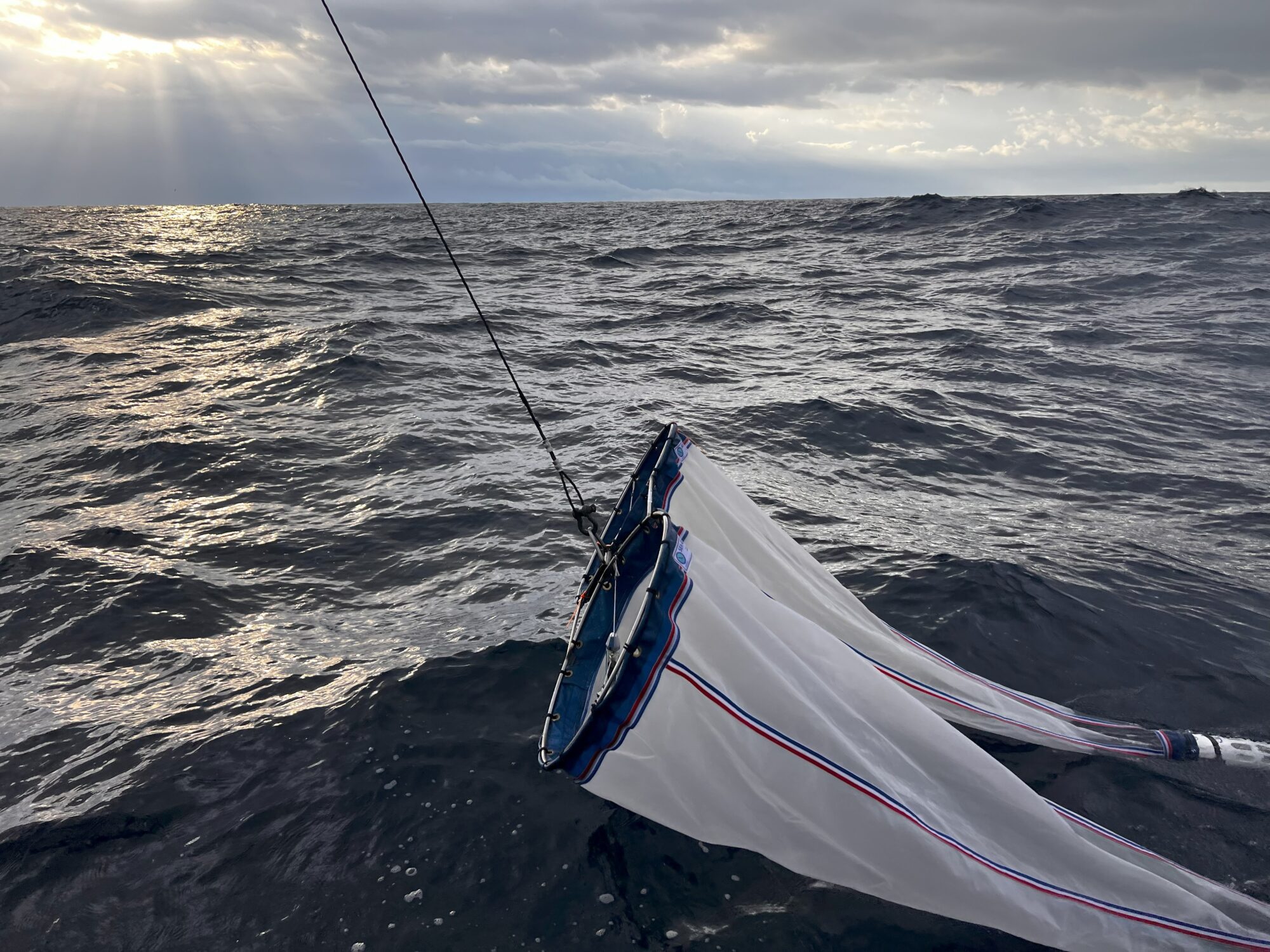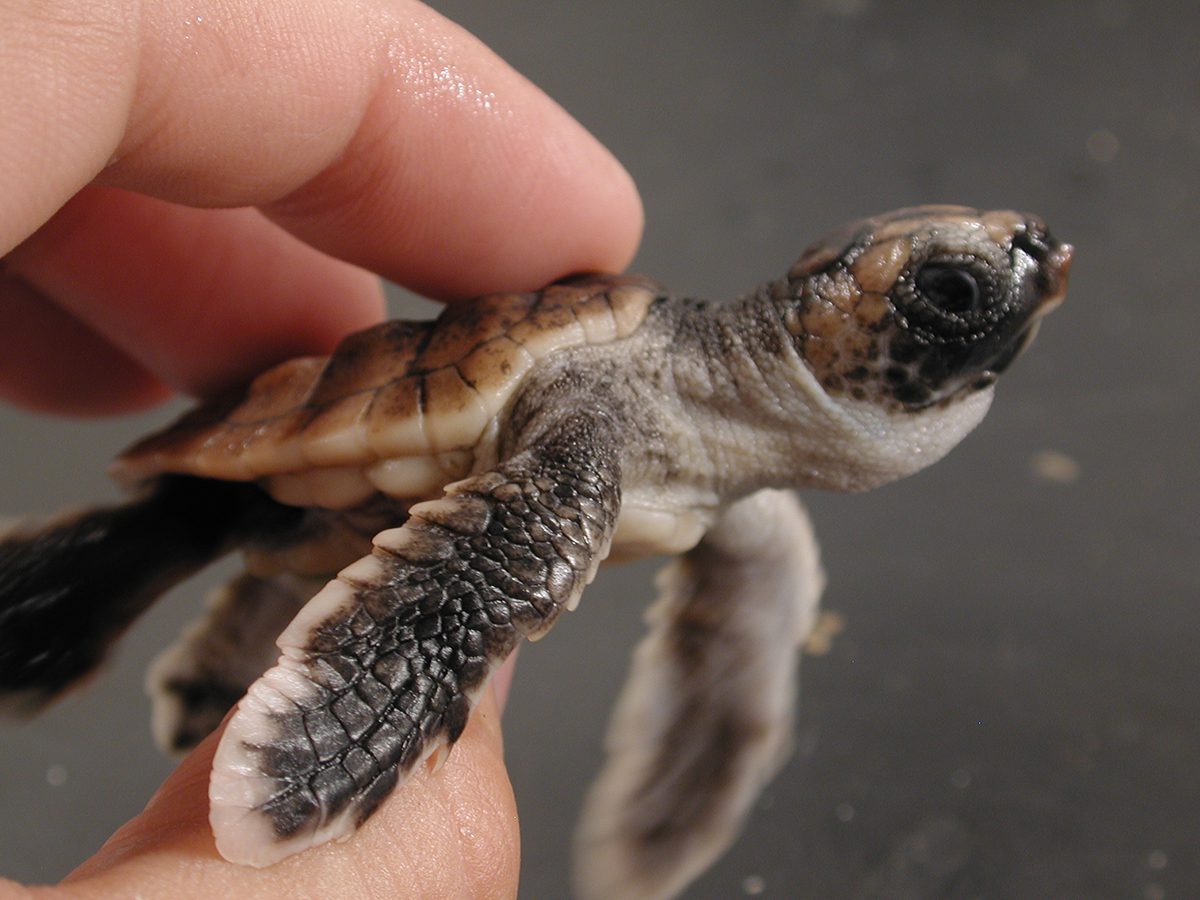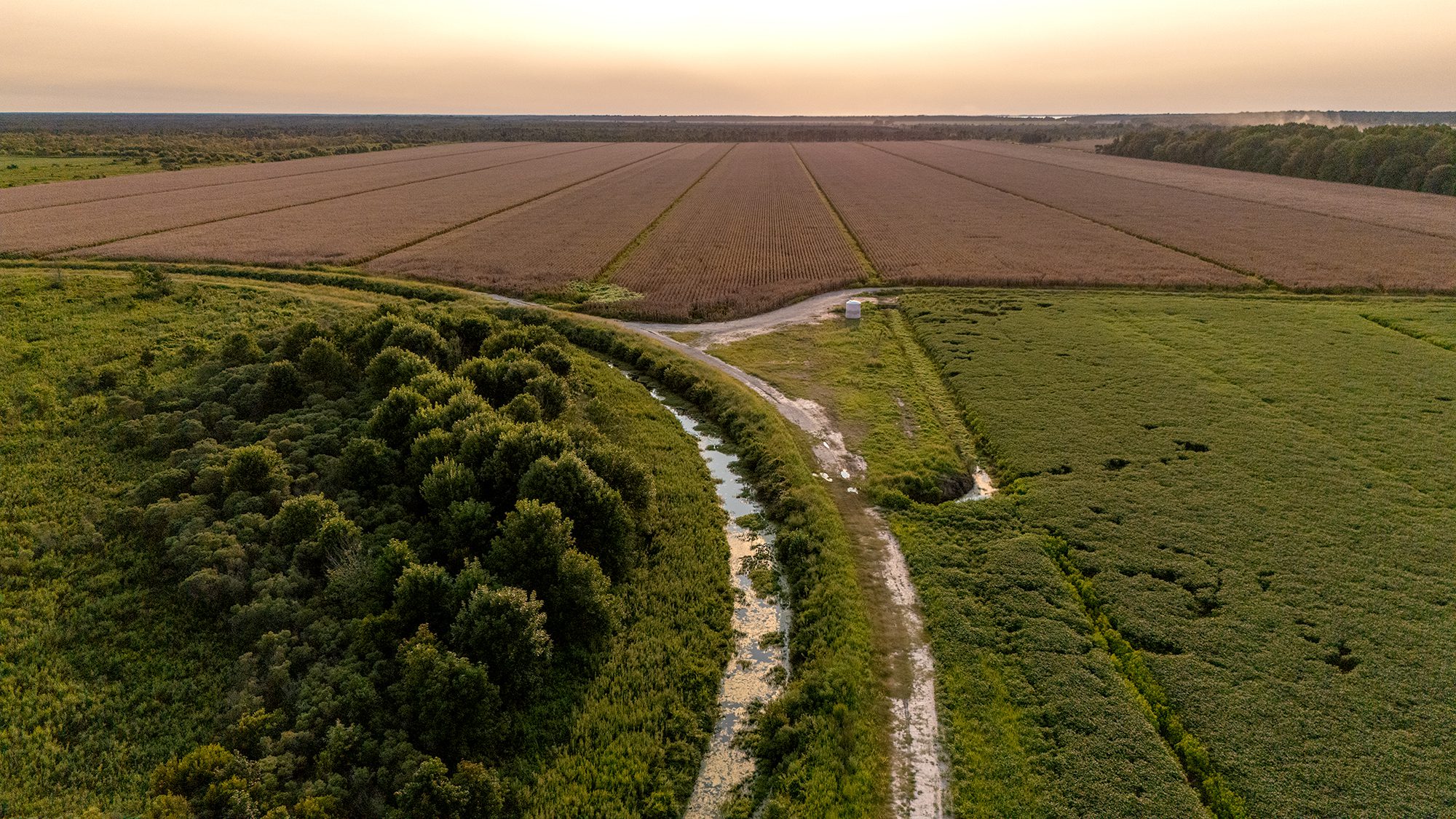Something’s happening out there in the waters of our coast. Chuck Bangley knows it.
He was a doctoral student at East Carolina University in 2011 when Bangley started recording shark activity in North Carolina sounds. In the previous four decades, nine juvenile bull shark pups were documented in Pamlico Sound. During the next three years, researchers with the state Division of Marine Fisheries would catch 54, Bangley said.
Supporter Spotlight
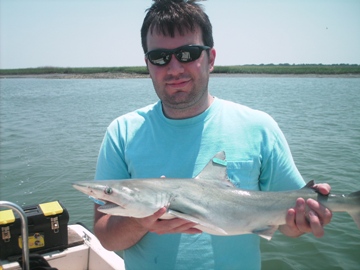
It is not just the juveniles that were being caught. Neonates – sharks that are less than one year old — were also appearing in Pamlico Sound. They begin showing in May and peak a month later, Bangley noted. “And May and June is the pupping season in both Gulf Coast nursery habitats and Florida nursery habitats,” he said.
Curious about why so many young bull sharks were showing up, Bangley started taking water temperature measurements in Pamlico Sound in 2005. The temperature, he found, had increased about four degrees Celsius. Spring water temperatures are increasing; summer temperatures seem to fluctuate. It’s not clear why.
“We can’t make any hardcore conclusions from this until we get more data,” Bangley said. “So it looks like from here we can hypothesize the juvenile bull shark presence is driven primarily by temperature and salinity in Pamlico Sound and this matches well with what drives bull shark presence in other bull shark nurseries as well.”
It is not just bull sharks that are responding to changes in the water temperatures of the Atlantic Ocean, and evidence seems to suggest that North Carolina is at ground zero for some of the most dynamic changes.
“Temperate-tropical marine transition zones such as the coastal waters along the North Carolina coast may be areas that will undergo the most ecosystem change as a result of warming ocean temperatures . . .” note the authors of study of native fish communities in Onslow Bay, the offshore area between capes Lookout and Fear.
The researchers from the University of North Carolina at Wilmington and the National Oceanic and Atmospheric Administration examined changes in marine life below the surface, focusing on depths between 15 and 150 feet. Deeper water temperatures remain more constant, giving researchers a better picture into changing patterns.
Supporter Spotlight
Some of what has been found is reason for concern.

Lionfish, native to the Indo-Pacific seas, have spread from Florida to the Caribbean and up to North Carolina. Typically six or seven inches in an aquarium, wild fish can grow to twice that size. With no natural predators in local waters, the species is endangering the diversity of reefs off the state’s coast.
The lionfish is only one part of what is a complex mosaic that includes climate change, fish behavior and studies that are at the first steps to understanding what is happening.
“We are at the infancy of starting to incorporate what we’re learning,” said Erik Williams of the NOAA Lab near Beaufort.
Much of the work so far has documented changes in distribution of fish population, and trends are emerging. “Based on annual NOAA fisheries . . . survey data, the distribution of Atlantic croaker and other species along the East Coast appear to be shifting poleward,” Robert Griffis, climate change coordinator for NOAA, wrote in response to an email question.
The change in the distribution to the north is not, however, universal. “It’s not every species in the Atlantic moving northward,” said Jon Hare, leader of NOAA’s Oceanography Branch in Narraganset, R.I.

Hare has been studying ocean fish behavior for more than 20 years and the work he has done is shedding light on shifts in populations of fish typically seen in North Carolina waters. Some of his best-known work is associated with summer flounder, croaker and black sea bass. The fish are moving north but for different reasons.
The shift of summer flounder, for instance, showed no link with temperature, Hare found. That study showed mature summer flounder tend to naturally shift northward and the temperature of the water did not seem to affect their behavior.
In discussing black sea bass and croaker, Hare draws a distinction. “The other two are more aligned to ocean temperature,” he said.
Croaker, especially, seems to be one of the winners if warmer ocean temperatures continue to expand. In a 2010 paper, Hare wrote, “The mid-Atlantic region represents the northern limit of Atlantic croaker and we forecast that climate change will have positive effects on the species.”
In talking about his work, Hare cites a number of areas that have yet to be studied in relation to climate change. Typically pelagic fish are more mobile than others, but there has not been a detailed examination of how a shift northward of their prey would affect their patterns. “That’s one of the questions. As conditions change, how much more likely are they (pelagic fish) to change their behavior,” he said.
Rising sea temperatures also change the chemical compositions of the oceans, affecting the salinity and carbonate content. Fish can migrate to areas more to their liking, but benthic communities, the life at the bottom of the sea, are not as mobile and the effects on those lifeforms are not clear.
Ocean temperature seems to be the driving force in changes that are seen in North Carolina fish, a point Williams underscores.
“Fish are dynamic,” he said. “They will move around based on water temperature.”



